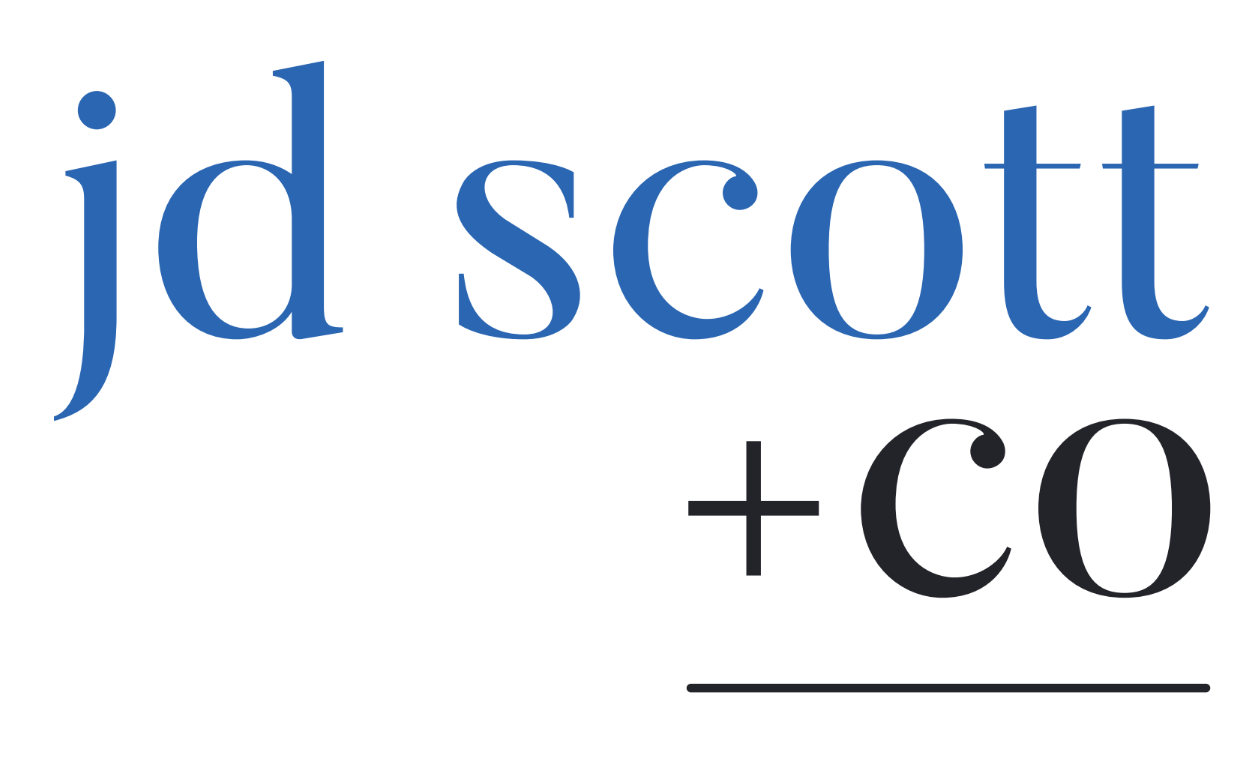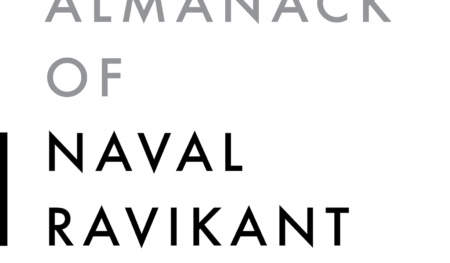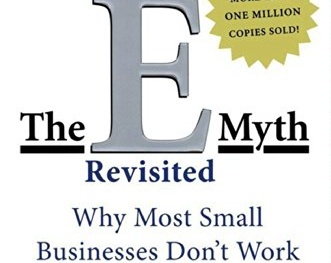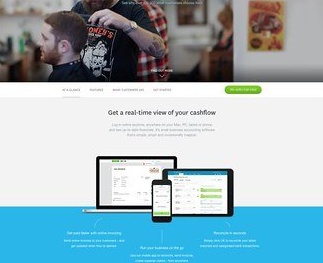Download our FREE Profit First calculator
We have built a fantastic Profit First calculator. Its been designed for Australian conditions and takes into account GST, PAYG and other amounts. Click here to download.
Many people who are would-be business owners think that one set of principles apply to personal finance and a whole other set of rules come into play when you’re dealing with a business.
But think of it this way: Whether you’re just trying to lose weight, or you’re training for an Ironman, the same essential and common sense practices apply. You would eat right, train hard, and rest up.
The same is true for building businesses. The truth is that you can’t make money appear out of thin air and you can’t expect to create consistent profits with no plan for prioritizing profits.
Fact: Most businesses operate under the mindset that, “When I make more money, I’ll be able to generate greater profits.” The answer, then, is to first shift that mindset or that fallacy, and to follow that up with aligned actions that ensure that you’re focused on profits first.
Key Takeaways From Profits First
Mike Michalowicz wants businesses to return to the tried-and-true truths of good business accounting and sound financial principles. And in the world of basic proven formulas, perhaps the simplest is its most foundational: Sales – Expenses = Profits.
But if it’s the cornerstone of business, why do so many businesses disregard it? Worse still, why do businesses that employ this formula end up with a cash flow management system that lacks the main component: cash?
As the name implies, Profits First charge you, the business owner, to focus on profits first. It flips the conventional equation on its head and encourages you to think about winning (rather than covering loss). This profound psychological mindset shift makes profit the focus of all your business and accounting activities.
For Mike, the winning equation looks like this instead:
Sales – Profits = Expenses
So here’s takeaway number one: Take profits first.
That’s because money is oxygen to businesses. Without enough money to operate, we can’t take our products and services out into the world. Instead of being business owners, we end up being slaves to our own businesses.
What is the Profit First Method?
The Profit First Method is both a system and a practice. It allows you to create long term success in a sustainable way, growing naturally to a size that?s right for your operations and your team. In the meantime, your system demands that you account for profit first, then taxes, and then your own pay.
The amount left over is what the company spends on everything else (i.e. expenses). Accountants and finance-heads will recognize this as the basis for good old fashioned envelope method. But it’s a classic and that’s why Michalowicz calls it a system that will “transform your business from a cash-eating monster to a money-making machine.”
So how do you get to this promised land of the constant cycle of profits?
This is your second takeaway: by exercising discipline and setting limits in the same way you would with portion control for your diet.
You set aside a percentage of your revenue as profit. Once you eliminate taxes and the price of paying yourself (and making payroll), the amount of money you’re left with will be lean. And that’s how you’ll be forced to get creative, rethinking the “must-haves” from the “nice-to-haves.”
Suddenly, expenses like the cost of materials, rent, utilities, etc. are negotiable. It sounds uncomfortable and any business owner will tell you that it is.
It’s designed to feel this way.
Because, eventually, as you keep focusing on profits and moving forward, you’ll grow your business without endangering it or, worse still, burning yourself out.
So here’s takeaway number three: Debunk the idea that putting every spare dollar back into your business as an investment for the future. It’s actually a risky action that could cost you in the event of a future crisis.
The Four Core Principles of Profit First
The four core principles of Michalowicz’s Profit First undergirds all actions you’re going to take moving forward.
Keep these in mind whenever you feel a sense of resistance against implementing the Profit First system (which we’ll take a look at later in the summary).
1) Parkinson’s Law is Always at Play
Parkinson’s Law states: The demand for something expands to match its supply. This applies to time and money. And, in both cases, this is not a good thing.
So to counteract the reality of money, where the more we have, the more we spend, you need to intentionally keep less around so less is available.
2) Don’t Forget the Primacy Effect
Why does it matter that “profit”comes before “expenses” in the new-and-improved formula? It’s the primacy effect. What you prioritize we expand. So if you make money to cover expenses, you’ll meet more expenses.
But if you’re operating to expand profits, then you leave the Sisyphean cycle of rolling that business boulder to the top only to have it roll down again.
3) When it Comes to Temptation, Out of Sight is Out of Mind
To help you keep Parkinson’s Law at bay, consider this maxim: out of sight is out of mind. If you keep your money out of direct access then you won’t be tempted to access it.
Once it’s out of sight, you’ll work with what you have rather than worry about making what you don’t already have.
4) Establish a Rhythm
One of the behaviors that businesses (and business owners) that focus on expenses get trapped into is a reactive mode. Crazy spending is followed by big deposits, and then panic when cash dips.
Instead, you need to establish a reliable rhythm tied to consistent and sustained cash flow. When you need to check your cash flow, all you’ll be doing is check your accounts (more on this as you read through the rest of the summary).
The Mindset Behind a New Accounting Formula
This entire section is highlighted by the following quote:
“Businesses that plow back their profits aren’t truly profitable; they are just holding money temporarily (feigning profit) then spending it, just like any other expense.”
Once you begin using the new accounting formula, you’ll gain clarity on money-making versus money-draining activities. From here, it’s simple once again: Do more of what works and fix (or let go of) what’s not working.
Here’s how you should apply the new accounting formula.
1) Use Small Plates
As you put the Profit First method into action, you’ll set up a number of accounts, each with their own purpose and function. One of these is the INCOME account.
Money comes into your main INCOME account, but its only a holding tray. From here, you distribute the money through the other accounts in preset percentages. These are your small plates.
2) Serve Sequentially
This relates back to the “rhythm.” If you keep to a sequence of allocations, it will quickly become a practice. Once it’s a practice, it’s a habit. And once it’s a habit, you will do it on auto. For now, though, resist thoroughly the “temptation” to pay your bills first.
Instead, set up a sequence of payments where you allocate money based on the percentages, to the following accounts:
-
- PROFIT account
- OWNER’S COMP account
- TAX account
- OPERATING EXPENSES (OPEX) account
This last account is the only one that you’re allowed to use to pay bills. No exceptions.
If you fall short, you know you need to either evaluate your expenses or drop what is clearly unnecessary.
3) Remove Temptation
The key to temptation is accessibility. So keep your PROFIT account out of arm’s reach. You can do this by giving authority to a finance professional to act on your behalf or make it really painful and tedious to borrow from (perhaps setting up multiple permissions). You can also use an external accountability partner that you have to check-in with.
4) Enforce a Rhythm
The “rhythm” you’re setting up relies on the accounts you’ll establish. But there also needs to be a rhythm (or reliability) when it comes to taking action. That’s how you remove the element of (unpleasant) surprise.
-
- Allocations and payables should occur twice a month (Michalowicz suggests the 10th and the 25th).
- Don’t pay only when money has piled up. Instead, see how and when cash accumulates, and where the money goes each time you pay out.
How to Set Up Profit First For Your Business
This part of Profits First is the meat and potatoes of the entire book. It gives you a detailed, step-by-step account of how to implement a cashflow accounting system. Pay attention to the technical terms because they matter and once you master them, you’ll see your business in the black at all times.
Action Step 1: Create Five Foundational Accounts
Your first step is to create FIVE accounts. Income, of course, is one, but that’s a “holding” account. Besides these, you’ll create four other checking accounts, which include:
-
- Income
- Owner’s Comp
- Tax
- OPEX (operational expenses)
All your deposits will go into the Income account, which includes check deposits, credit card, or Automated House Clearing payments.
Besides these, you’ll also set up two more accounts as savings accounts. These are “no temptation” accounts and they include Profit Hold and Tax Hold. You should link these directly to the original checking accounts (Profit and Tax, respectively).
You’ll also need two banking institutions. Your “primary” bank gives you easy access to view and transfer. This is where Income and OPEX, for example, will live. Your secondary banking institution should offer you no such convenience.
Action Step 2: Determine Your Allocation Percentages
Now that you’ve set up the accounts, the big question is, “What goes into these accounts?” Yes, money. But how much money?
That’s where allocation percentages come in. Remember, it’s all about maintaining sequentiality and consistency.
For this, Michalowicz points you to “TAPs” or “Target Allocation Percentages and “CAPs” or Current Allocation Percentages.
Most businesses try and take 20% right away and it’s a rookie mistake.
Instead, you want to start modest and get bolder (and, by extension, leaner) over time.
- Target Allocation Percentage: the targets you’re moving towards. They’re not your starting point, they’re progressive goals you want to reach. You can set this at 20%. It’s your “CAP” that will help you get there
- Current Allocation Percentage: where your business sits today. You can begin at 5% and slowly, over time, move the percentage allocation until you reach TAP. If you’ve never given yourself any kind of profit, for example, your “current” allocation percentage would be 0. So an improvement might be 5% and your TAP for this profit account might someday be 20%.
You’ve done all the work, so you should get paid. Profit, Income, OPEX, and Tax are obvious enough. But what about Owner’s Comp? If you’re not in a habit of paying yourself first, Owner’s Comp might be the hardest account to populate.
But populate you must.
Owner’s compensation, as its properly known, is essentially the salary you pay yourself and other equity owners for the work you do. Pay yourself based on the value of the tasks you’re doing 80% of the time and what you might pay someone for those tasks in your industry.
Note: Whatever the percentage of Revenue you set as your Owner’s Comp TAP must at least cover the draw. From here, make the percentage one and one-quarter more the amount of the total salary draws, just in case.
Finally, your Tax TAP is a little more complicated. That’s because, as your revenue increases, so does your tax rate. So how do you set the right TAPs and even CAPs for this account? Simple: You do the math.
- Pull out your personal and business tax returns and add the tax figures up. Set this against your “real revenue” (which is top line revenue less materials and subcontractors). Do this process for the previous two years to give a better picture of your likely tax burden for the upcoming tax year
- Consult your accountant for the estimated tax burden figure, and run this process against real revenue
- Use 27.5% if you’re an Australian-based small business
Putting Profit First Into Motion
Day One
The primary goal is to inform your team and then create a new, automatic routine right away. Adjust the current percentages each quarter until you arrive at TAPs for each account.
-
- Tell your people
- Set up your accounts. For easy recall, give each account a nickname with “CAP” and “TAP” in parentheses. So Profit, for example, might be “Profit 5% (TAP 10%)”
Week One
-
- Cut expenses: Hit the most “frivolous” and obvious expenses such as unused, recurring memberships, office space, expensive cars, or “extra” staff. Remember that everything needs a balance so if you allocated 3% in each of Profit, Tax, and Owner’s Comp accounts, your Expenses need to also decrease by 3%.
- Add up all expenses and multiply by 10%: You need to start building cash reserves so it’s better to be more aggressive at this point.
Twice a Month: The 10th and the 25th
Now that you’ve dealt with the Tax account and the setup of your system, it’s time to deal with your OPEX or operating expenses. Again, systems are your friends here, so the 10th and the 25th of each month will serve as your markers.
Here are the actions you’ll take:
-
- First, deposit all revenue into your INCOME account
- Second, transfer the total deposits from the previous two week period on the 10th and 25th to each of the four accounts (based on CAPs)
- Third, transfer allocated percentages to your Tax hold and Profit hold (savings) account at the 2nd banking institution
- Fourth, pay yourself (Owner’s Comp) and any other’s holding equity. Do not go’beyond what you’ve allocated as your biweekly salary
- Fifth, it’s finally (and only now!) time to pay the bills. Anything you have leftover is for bills. And if you don’t have enough money to cover your bills, that’s a HUGE red flag! Work to clear this by cutting debt and expenses, because you’re clearly spending more than you make.
Quarter One
Your first quarter is a cause for celebration. Do so by cutting yourself a profit-distribution check, at 50% (leave the other half alone). It comes from the Profit account.
You’ll also be paying your quarterly tax amount.
Quarters are a great time for review. So take time to evaluate your current allocation percentages and consider if (and how) you can move them to your TAP’s.
Year One
Year One is also a fantastic time to review how your first year went with the Profit First method and the steps you took to put them into action.
At this point, most businesses find out that they either overshot the mark and were far more conservative than they needed to be (which is not a bad thing at all!). Or else they realize that their tax allocations fell short and they didn’t save a big enough percentage.
That’s a-okay. Since you’re still testing and learning the system, this is the ONE exception to the Profit First method and rule: Pull from your profit account and then adjust the Tax account CAP (and TAP) to make sure you hit all your targets next year.
Download our FREE Profit First calculator
We have built a fantastic Profit First calculator. Its been designed for Australian conditions and takes into account GST, PAYG and other amounts. Click here to download.














